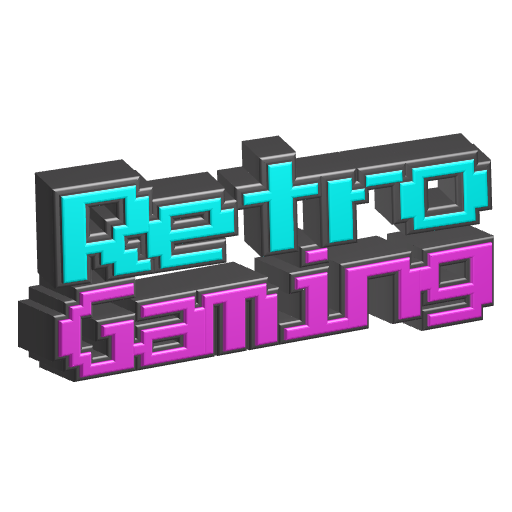I found a box of CD-Roms and floppy disks in my mum’s basement and damnit, I want to play them! I could use emulators, DosBox or VMs but it’s never quite the same as having the real thing, so between an eBay mobo and a box of old parts I managed to build my new gaming rig to cover 1990-2005.
Its running a P3 at 1GHz, 512MB of ram, and an ATI Xpert98 with 8MB of memory. As I didn’t want to run an old IDE drive with a million hours on it, I tried an SATA-IDE adapter, it caused some issues during the install but that just felt like the standard Windows experience.
Though unpopular, I went with ME for 2 reasons, the first was Dos support, the second is that I went from W95 to ME as a kid, 98 wouldn’t have felt the same. The install bricked twice with video drivers but I finally got it up and running with the default drivers and an 18" Samsung flat CRT (runs up to 1600x1200 at a nauseating 60hz).
So what were your favorite games from the 90’s and early 2000s?


Rollercoaster Tycoon 1 and 2; Need for Speed 2 and 3; SimCity 3k.
Also, check your monitor properties. Afaik most CRT monitors (not TVs; those run at 60hz/50hz depending on region) are meant to run at 75~85hz. If it’s running at 60hz when it’s meant to run at a higher refresh rate, then that might be why it’s nauseating (my crt has a very noticeable flicker at 60hz, but that goes away at 75hz).
Edit: to expand on this for any late-comers: CRTs work by using an electron gun (aka particle accelerator aka a motherfucking PARTICLE CANNON) to fire an electron beam at red, green and blue phosphors. When the electron hits a phosphor, it emits light based on the color hit. This beam sweeps over the phosphors at a speed dictated by the display’s refresh rate and illuminates the phosphors one-by-one until it has illuminated the entire screen. This is why trying to take a picture or video of a CRT requires you to sync your shutter speed with the CRT. If your shutter isn’t synced then the monitor will appear to be strobing or flickering (because it is, just very, very quickly)
These phosphors have a set glow duration, which varies based on the intended display refresh rate. A refresh rate that is too low will cause the phosphors to dim before the electron beam passes over them, while a refresh rate that’s too high can cause ghosting, smearing, etc because the phosphors haven’t had a chance to “cool off”. TVs are designed to run at 60hz/50hz, depending on the region, and so their phosphors have a longer glow duration to eliminate flickering at their designated refresh rate. Computer monitors, on the other hand, were high-quality tubes and were typically geared for +75hz. The result is that if you run them at 60hz then you’ll get flickering because the phosphors have a shorter glow duration than a TV.
Note: this is a place where LCD/LED panels solidly beat CRTs, because they can refresh the image without de-illuminating the panel, avoiding flicker at low refresh rates.
Edit 2: oh! Also, use game consoles with CRT TVs, not computer monitors. This is because old consoles, especially pre-3d consoles, “cheated” on sprites and took advantage of standard CRT TV resolution to blend pixels. The result is that you may actually lose detail if you play them on a CRT computer monitor or modern display. That’s why a lot of older sprite-based games unironically look better if you use a real CRT TV or a decent CRT emulator video filter.